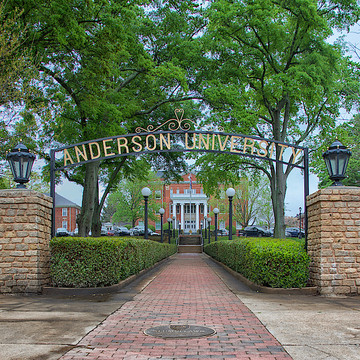

#South carolina university mailist driver
Though some of those jobs increasingly require a degree, many do not, which suggests industry needs aren’t the sole driver for their college attendance.

Agriculture dominates the economy, with farms and ranches that dot either side of the Arkansas River, while the nearby correctional facility and the local bank and market offer other jobs. Industry isn’t a sole driver for their degrees, either. Unlike, say, a Breckenridge or Vail, this isn’t the case of a rural Colorado resort town with significantly wealthier residents: About half the college-going Fowler students qualified for a Pell Grant or other federal funds indicating financial need. And while the pandemic did hamper many rural students’ postsecondary plans, the school still saw a healthy 14 of 23 graduates enroll in college in 2020. In 2018, 21 of its 25 graduates went to college. Jason Gonzales, an Open Campus local reporter with Chalkbeat Colorado, recently visited Fowler to find out what has helped them create an appreciation for college in the 1,150-person community. However, there are also lessons to be gleaned from what does work - in places like Fowler, a tiny Colorado town with surprisingly high college attendance rates from its lone 110-person high school. So often we focus on what doesn’t work for rural students, and how those obstacles limit their higher ed opportunities. You can join the mailing list at the bottom of this article to receive future editions in your inbox. Editor’s Note: A version of this story first appeared in Mile Markers, a twice monthly newsletter from Open Campus about the role of colleges in rural America.


 0 kommentar(er)
0 kommentar(er)
